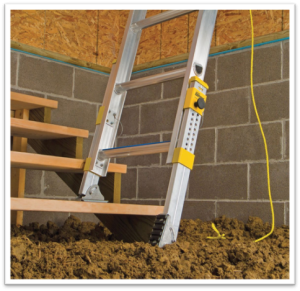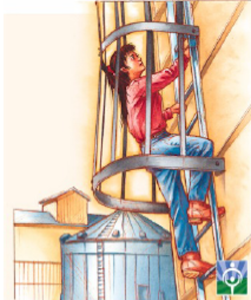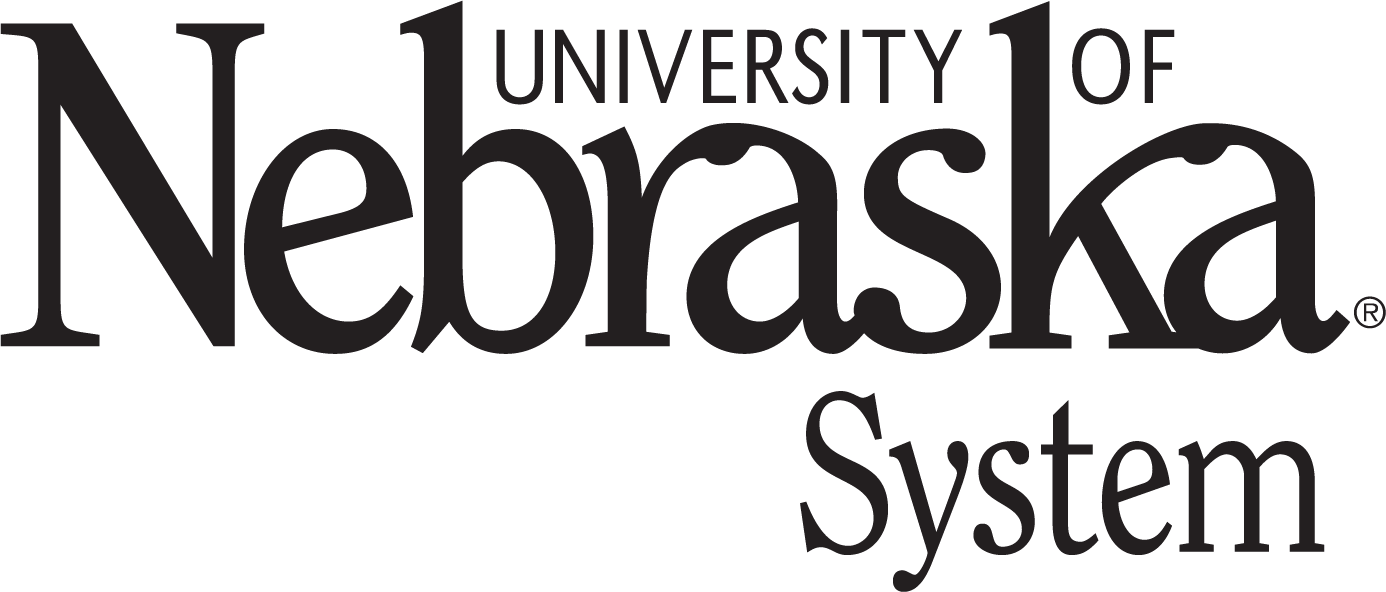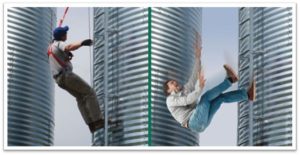1.5 Falls
We will now learn more about fall prevention.
Portable Ladder Rules to Follow
- Maintain a 3-point contact (two hands and a foot, or two feet and a hand) when climbing/ descending a ladder.
- Face the ladder when climbing up or descending.
- Keep the body inside the side rails.
- Use extra care when getting on or off the ladder at the top or bottom. Avoid tipping the ladder over sideways or causing the ladder base to slide out.
- Carry tools in a tool belt or raise tools up using a hand line. Never carry tools in your hands while climbing up/down a ladder.
- Extend the top of the ladder three feet above the landing.
- Keep ladders free of any slippery materials
Stationary (Fixed) Ladder Safety

A Fixed Ladder is a non-self-supporting ladder that is non-adjustable in length and permanently attached to a structure at a Pitch ranging from 60 degrees to 90 degrees from the horizontal.
Users who tire easily or who have physical limitations that inhibit safe climbing such as fainting and/or under medication or prescription drugs which may cause physical impairment are not permitted to use Fixed Ladders.
Other guidelines include:
- If you feel tired or dizzy, or are prone to losing your balance, stay off the ladder.
- Do not use ladders in high winds or storms.
- Wear clean slip-resistant shoes. Shoes with leather soles are not appropriate for ladder use.
- Greasy or slippery gloves and/or footwear should not be used.
- Steps, rungs, gripping surfaces and platforms must be kept free of oil, grease or slippery materials.
- When ice or frost conditions are present, the ladder should not be used.
- Only one person at a time is permitted on a ladder unless the ladder is specifically designed for more than one climber (such as a Trestle Ladder).
- Never jump or slide down from a ladder or climb more than one rung/step at a time.
Ladder Safety App
 The National Institute for Occupational Safety and Health (NIOSH) in the US has developed a free application (app) for mobile phone devices aimed at improving extension ladder safety.
The National Institute for Occupational Safety and Health (NIOSH) in the US has developed a free application (app) for mobile phone devices aimed at improving extension ladder safety.
The NIOSH Ladder Safety phone app has an angle of inclination indicator making it easy to set an extension ladder at the proper angle of 75.5 degrees.
The app is available through:
Fall Prevention
- Guards should be on every floor hole into which a worker can accidentally walk in to (using a railing and toe-board or a floor hole cover).
- Guard rails and toe-board should be around every elevated open sided platform, floor or runway.
- Use handrails or grab bars in areas where there are stairs or changes in elevation.
- Regardless of height, if a worker can fall into or onto dangerous machines or equipment employers must provide guardrails and toe-boards to prevent workers from falling and getting injured.
- Other means of fall protection that may be required on certain jobs include safety harness and lifeline, safety nets, stair railings and handrails.
This is an opportunity to discuss safety practices that have been established at your feedyard related to working at heights. What safety measures are in place, are harnesses available? What additional training is required?
To learn more about falls in the workplace visit NIOSH
Review
Work through these interactive questions to review the important concepts discussed.
The angle or slope of a surface. Ensuring proper pitch on walkways and ramps can help prevent slips and falls by providing better traction and drainage.
The horizontal steps on a ladder. Maintaining clean and intact rungs is crucial for ladder safety to prevent slips and falls.
A self-supporting ladder with two legs and rungs on each side. Proper use and maintenance of trestle ladders are important to prevent falls during feedyard tasks.
A low barrier at the edge of a platform, scaffold, or walkway to prevent objects from falling off. Toe-boards help keep tools and materials from becoming tripping hazards.
Barriers installed along walkways, platforms, or equipment to prevent workers from falling. Guard rails are essential for maintaining safety in areas with elevated surfaces.

